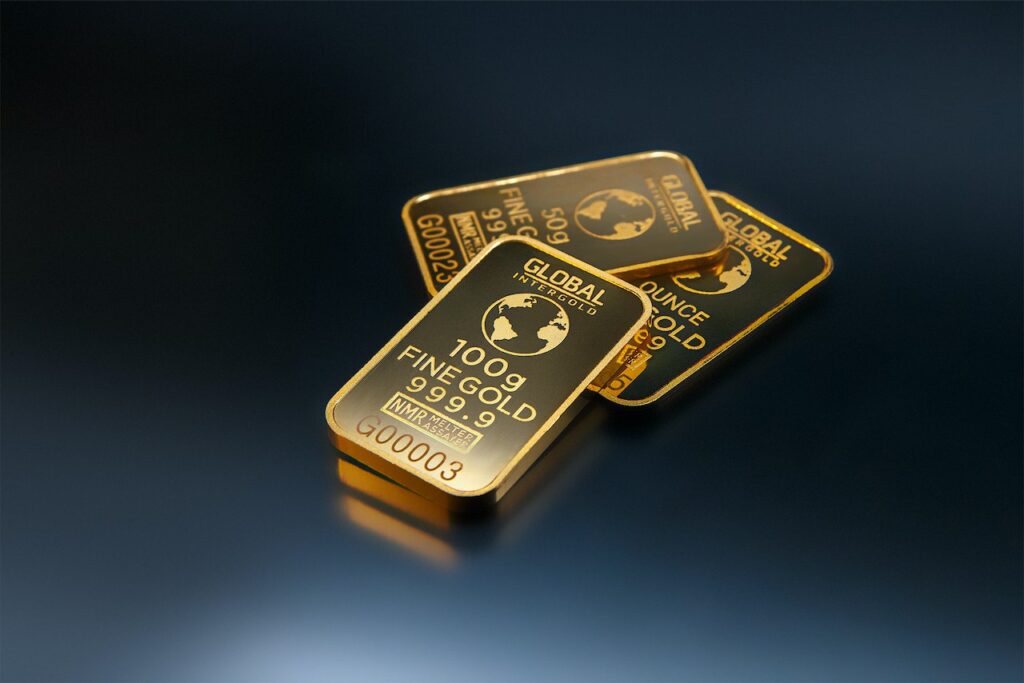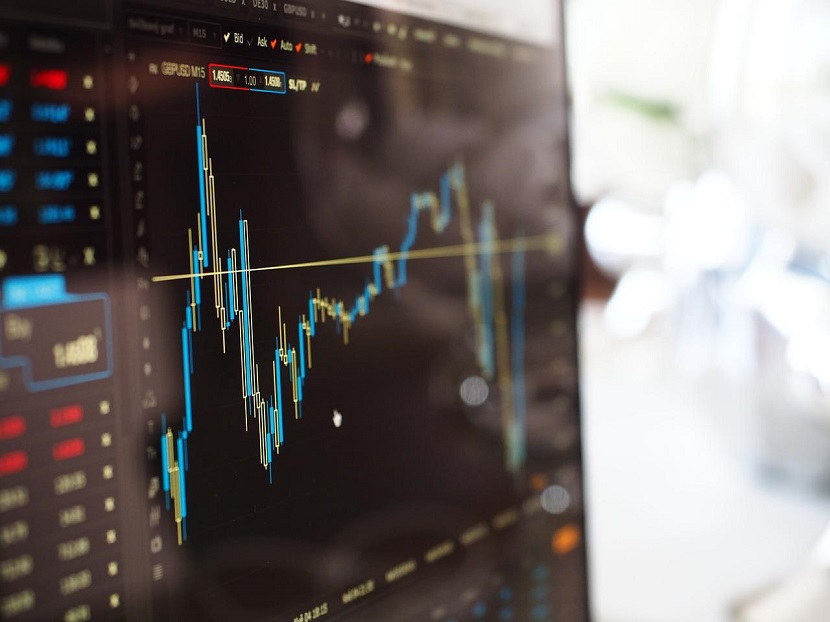With the recent rise in prices of precious metals on world markets, analysts say you should also consider precious metals investment as a way to diversify your portfolio.
In the last six months, gold’s price has gone up by more than 20%, and in January alone, it went up by about 7%. Many analysts think that the prices of gold and other precious metals will break records in 2023. The main reasons for these predictions are uncertainty about the global economy and fear of a recession. Also, the predictions that inflation will stay high for a while, and news from a lot of central banks around the world that they will add to their gold reserves.
What are precious metals?
Precious metals are metals that are rare and have a high value due to their scarcity and use in industry. As well, because of their ability to protect against inflation, and long history of using them as a storage of value. Gold, platinum, and silver are the precious metals that investors like to buy the most.
In the past, precious metals were very important to the world economy because many currencies were made out of them or were backed by them, like with the gold standard. Now, though, investors buy precious metals mostly as a way to make money.
Gold is the most popular precious metal to invest in, and silver comes in second. Iridium finds usefulness in specialty alloys. On the other hand, palladium, is component in electronics and chemicals. Therefore, both are examples of precious metals that are valuable in industrial processes.
Gold
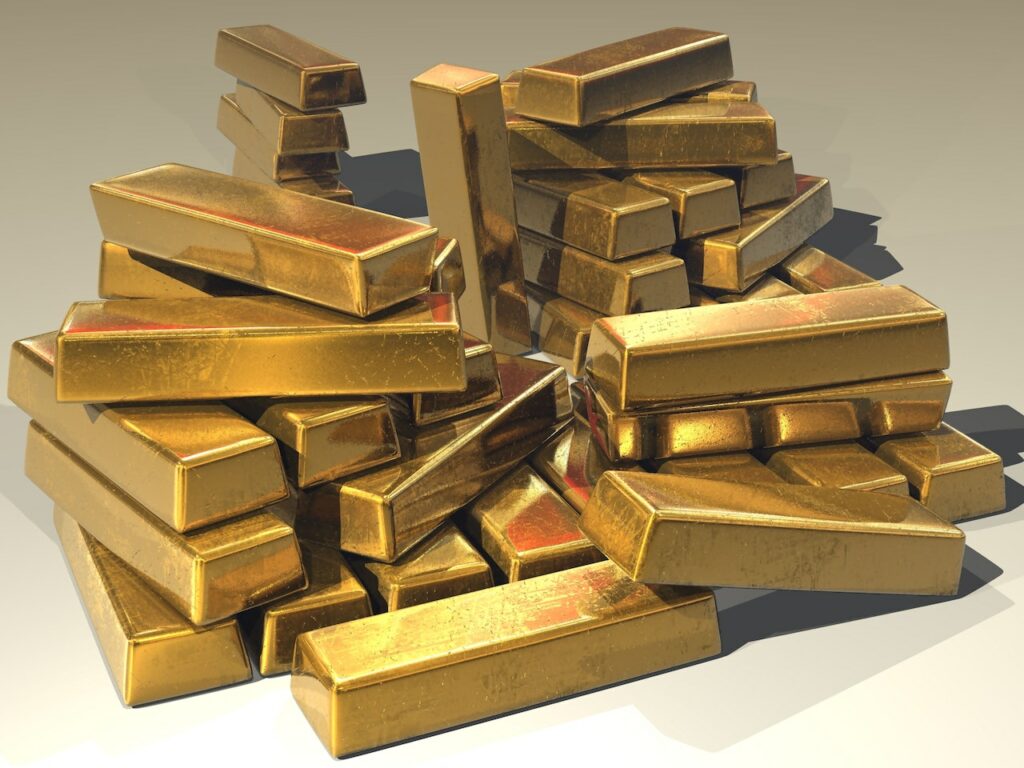
Gold is the most well-known precious metal and the one most people invest in. It is unique because it is strong (it doesn’t rust), can be shaped, and can conduct heat and electricity. Even though it has some uses in dentistry and electronics, most of the time it is used to make jewelry or as money. It has always been a good way to save money. Because of this, investors look for it when the economy or government is in trouble and to protect themselves against rising inflation.
Silver
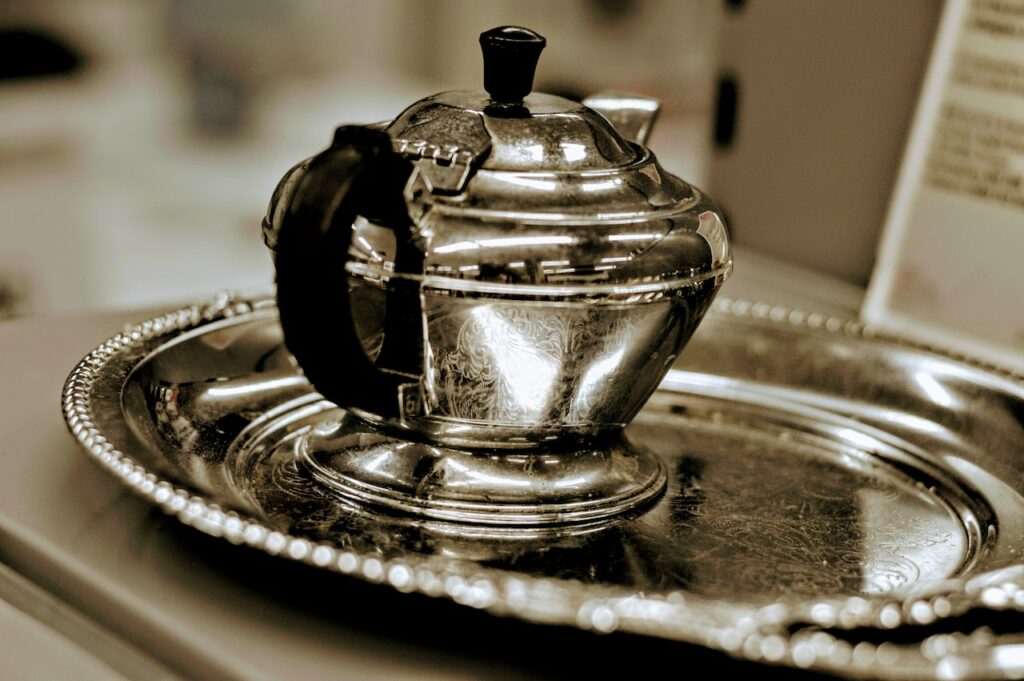
The second most common precious metal is silver. It is an important industrial metal that electrical, electronic, and photography industries use. For example, silver is an important part of solar panels because it has electrical properties. Silver is also famous for using in order to make jewelry, silverware, coins, and bars, which are all ways to store value.
Silver is both an industrial metal and a store of value. Because of this, its price tends to be more volatile than that of gold. Silver stock prices can change a lot because of how volatile the market is. When industrial and investor demand is high, silver prices can sometimes do better than gold prices.
Platinum
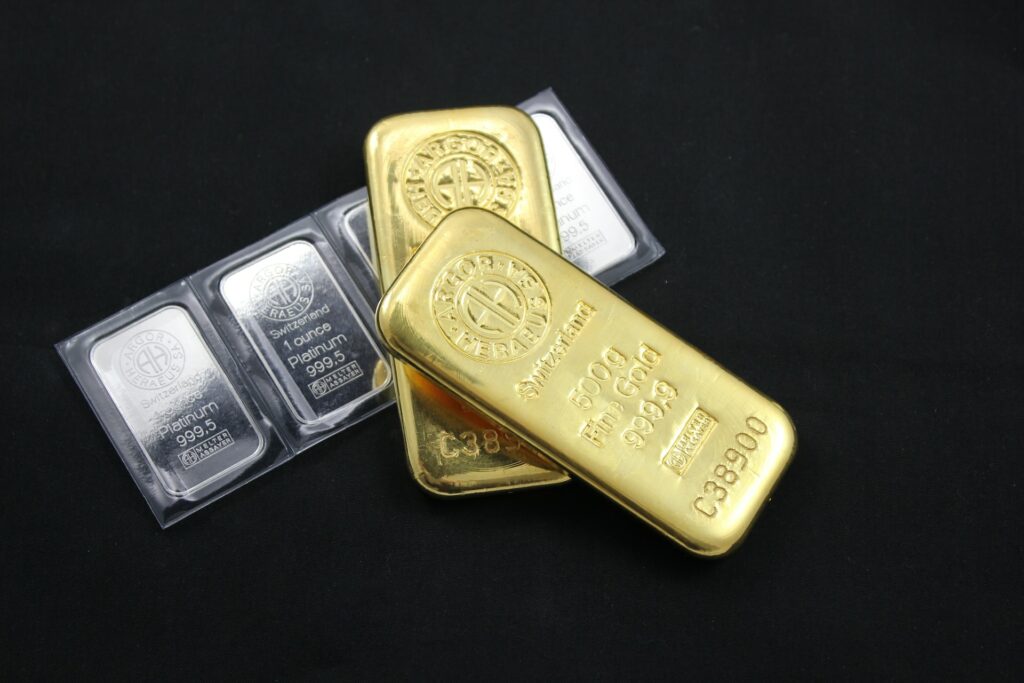
Platinum is a platinum-group metal (PGM), which is a group of six metals that include ruthenium, rhodium, palladium, osmium, and iridium. They all have properties that are similar, and they are often found in the same mineral deposits.
Like silver, platinum is mostly used in the business world. It is important for the auto industry because it is used to make catalytic converters, which help cut down on pollution from car exhaust. Platinum is also used in the oil and refining industries, as well as in the computer business. Platinum is also used to make some jewelry. Because it is hard to find, the metal has some investment value, but not as much as silver or gold.
Palladium
Palladium It is used to make electronics and industrial products, as well as in dentistry, medicine, chemistry, jewelry, and the treatment of groundwater. Investors don’t pay as much attention to palladium as they do to other precious metals, even though it is rare and very valuable for those uses.
How to make a precious metals investment?
There are several ways for investors who want to add precious metals to their portfolios to do so. Those who want to hold the metals themselves can buy bullion in the form of coins or bars made by a mint and store them in a safety deposit box. This way of owning something has the benefit of lowering counterparty risk, but storage and insurance costs go up.
Other common ways to get precious metals are to buy futures contracts for a certain metal. You could buy shares in public companies that look for or make precious metals, as well. Mutual funds and exchange-traded funds (ETFs) also offer a variety of strategies. Funds backed by bullion, portfolios of mining companies, and leveraged exposure are among them.
There is always some risk when you invest in precious metals, even though they may give you a sense of security. When the economy is stable, prices can go down because investors have to sell assets to pay off margin calls or meet other securities requirements.
In the same way, it may be hard to sell physical assets at fair prices, especially when volatility is high. And of course, storing precious metals at home makes them more likely target for theft.
Advantages of investing in precious metals
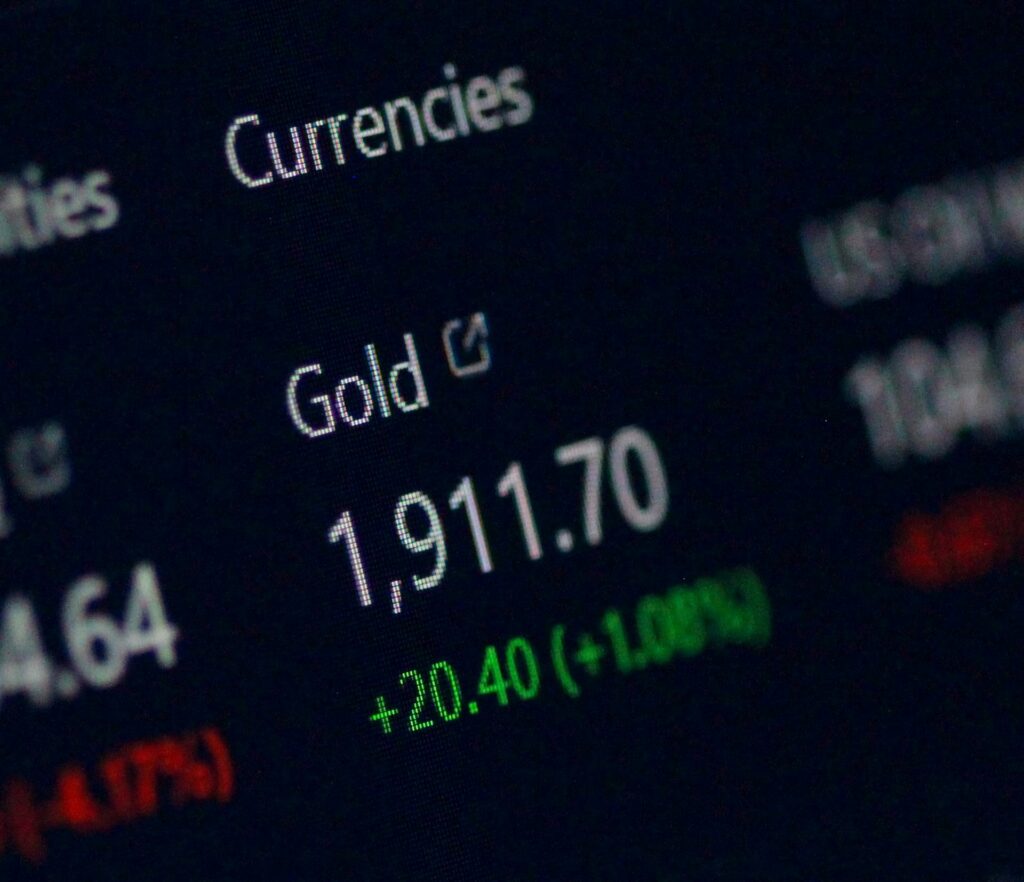
Investors can get a lot out of precious metals, including:
Hedge against inflation
The prices of precious metals tend to go up at the same rate as or faster than inflation.
Tangible asset
Precious metals are real assets that have value for things other than investments, like making jewelry or making tools.
Quite liquid investment
You can quickly turn precious metals, especially investment items, into cash by selling them.
Portfolio diversification
The price of precious metals doesn’t always move in the same way that stocks or bonds do.
Risks of investing in precious metals
Aside from some of the bad things about investing in precious metals, investors should also think about other risks. Price volatility is one of the most important ones. Various factors may affect the price of precious metals, such as changes in the economy, the policy of the Federal Reserve, investor demand, mining supply, and inflation.
On the other hand, investments like stocks, ETFs, and mutual funds based on precious metals carry a different set of risks. For example, when building a new mine, a mining company could have cost overruns, bad management, or financial problems that would cause its share price to be much lower than the price of precious metals. Also, there is a stronger link between these types of investments and the stock market. This could cause the price of precious metals stocks to do worse than the price of the metals they are based on when the market as a whole goes down.
Bottom line
Precious metals are mined and traded as a way to protect against inflation and as a way to invest in something tangible. This makes these metals useful in times of geopolitical upheaval, when you might need to leave the country or protect assets and don’t trust or believe in the strength of your own equity markets.
